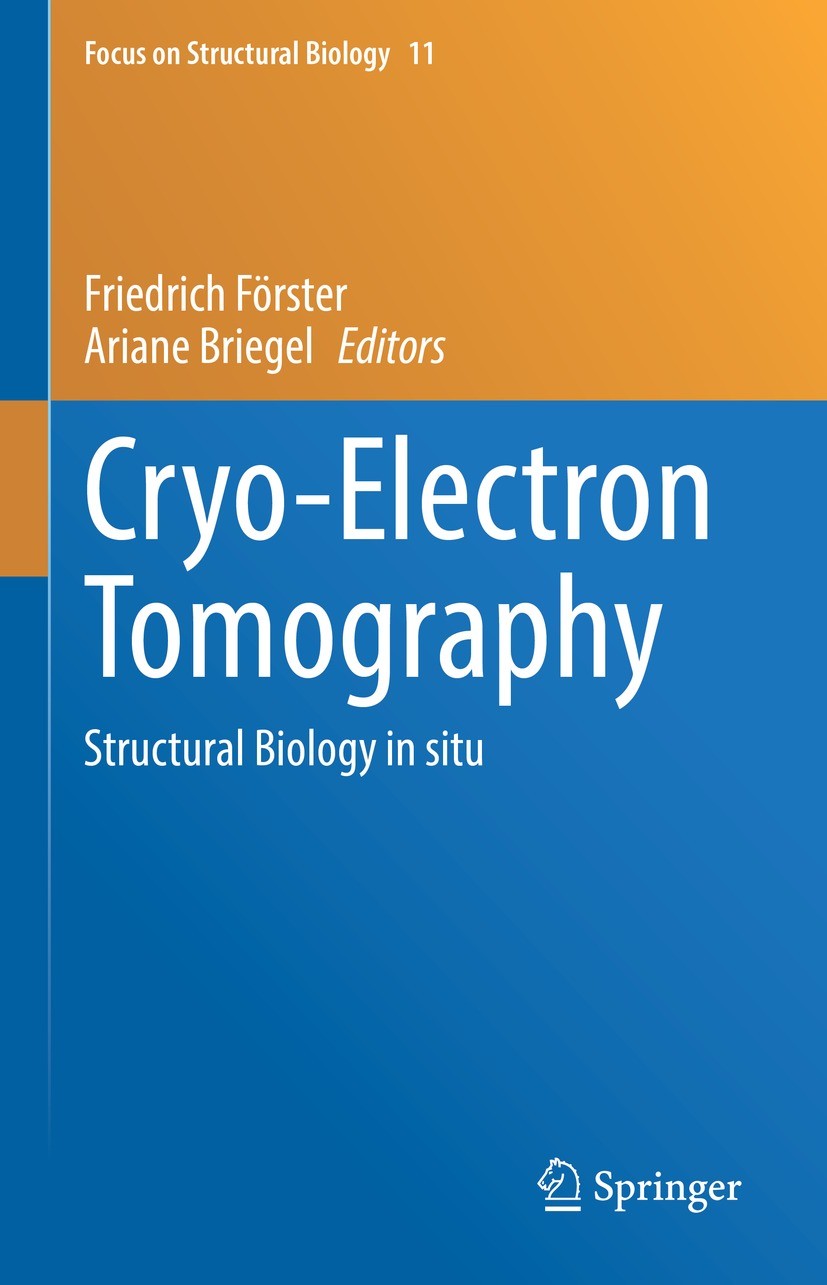| 书目名称 | Cryo-Electron Tomography | | 副标题 | Structural Biology i | | 编辑 | Friedrich Förster,Ariane Briegel | | 视频video | http://file.papertrans.cn/241/240489/240489.mp4 | | 概述 | Comprehensive description of cryo-electron tomography.Addresses the underlying principles and all recent developments of cryo-ET.A valuable resource for scientists working in the field of structural b | | 丛书名称 | Focus on Structural Biology | | 图书封面 |  | | 描述 | .This book presents key aspects and recent developments of cryogenic sample electron tomography (cryo-ET) methodology, authored by leading experts in the field. Understanding structure and function of biomolecules in the context of cells is a new frontier in cellular and structural biology. To facilitate such research, cryo-ET is a key method to visualize the molecules of life in their native settings. Cryo-ET enables the imaging of samples that are preserved in a near-native state, at (macro)-molecular resolution and in three dimensions. Thus, this technique is a unique tool to gain insights into how biomolecules collaborate in orchestrating fundamental biological processes, how mutations cause diseases, pathogens cause infections, and to develop novel therapeutics to treat such illnesses. This book provides a unique reference for the emerging field of cryo-ET.. The topics covered range from the fundamental principles of imaging to sample preparation, data analysis,and data sharing within the scientific community. It serves as a valuable resource for the next generation of structural biologists, making it suitable both for undergraduate students studying biochemistry, biophysics, | | 出版日期 | Book 2024 | | 关键词 | electron optics; phase contrast; tomography; tomographic reconstruction; Fourier-slice theorem; cryo-prep | | 版次 | 1 | | doi | https://doi.org/10.1007/978-3-031-51171-4 | | isbn_softcover | 978-3-031-51173-8 | | isbn_ebook | 978-3-031-51171-4Series ISSN 1571-4853 Series E-ISSN 2542-9566 | | issn_series | 1571-4853 | | copyright | The Editor(s) (if applicable) and The Author(s), under exclusive license to Springer Nature Switzerl |
The information of publication is updating

|
|
 |Archiver|手机版|小黑屋|
派博传思国际
( 京公网安备110108008328)
GMT+8, 2025-11-12 18:50
|Archiver|手机版|小黑屋|
派博传思国际
( 京公网安备110108008328)
GMT+8, 2025-11-12 18:50


